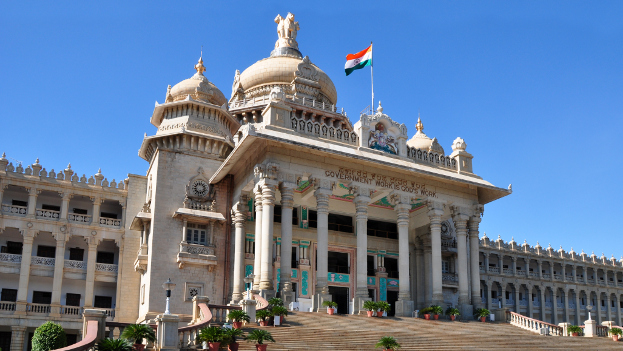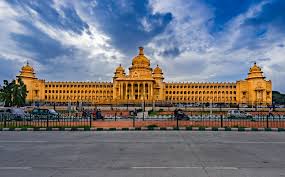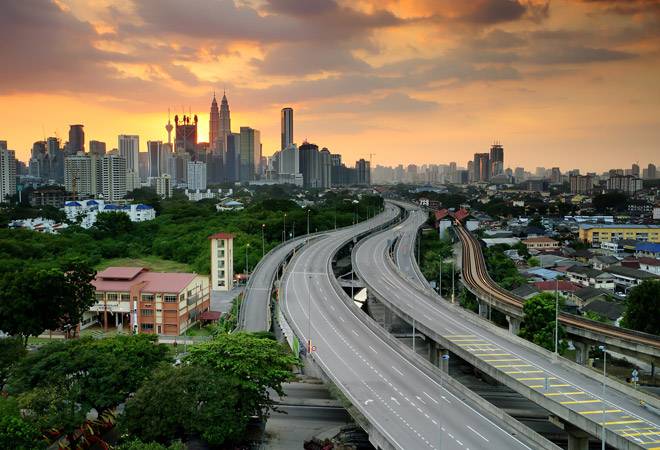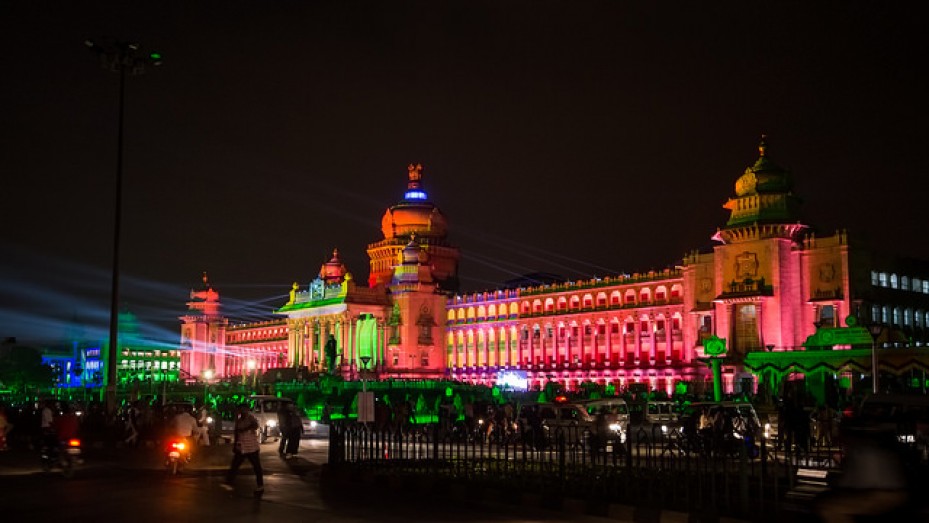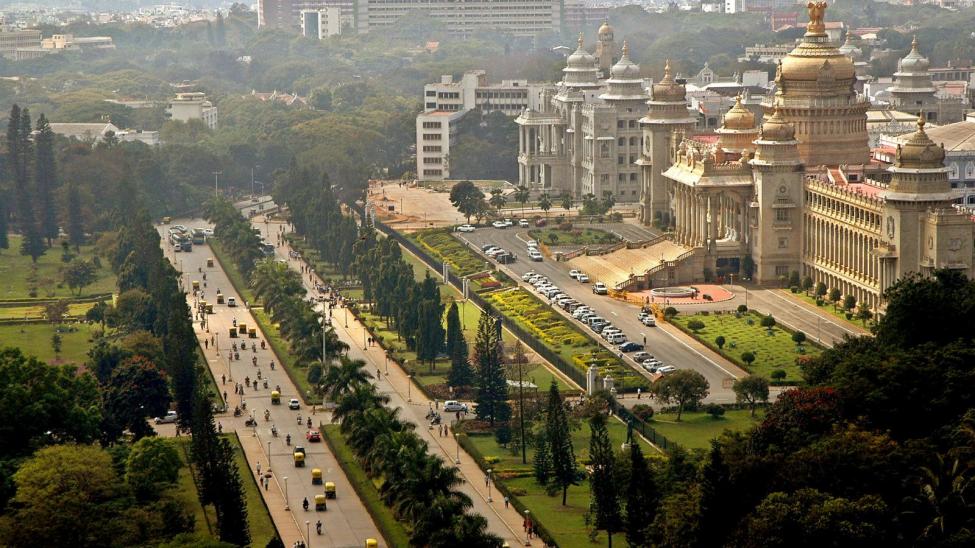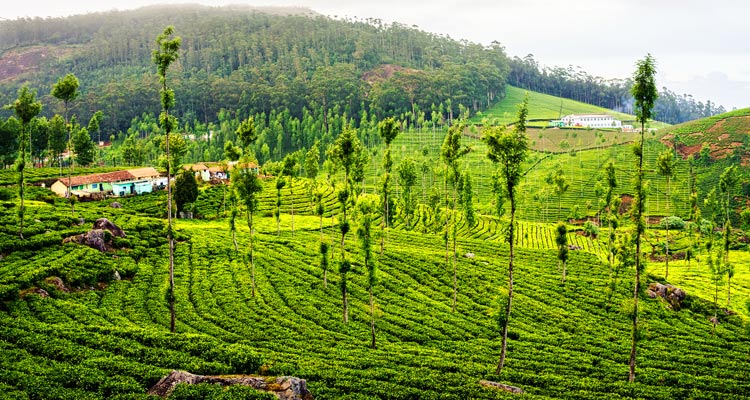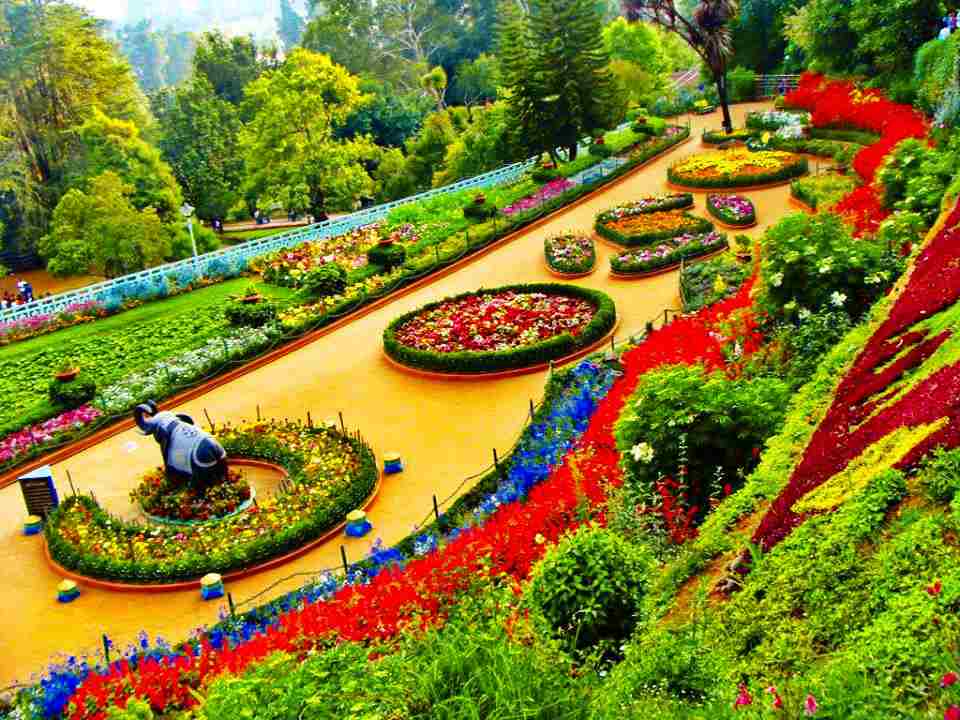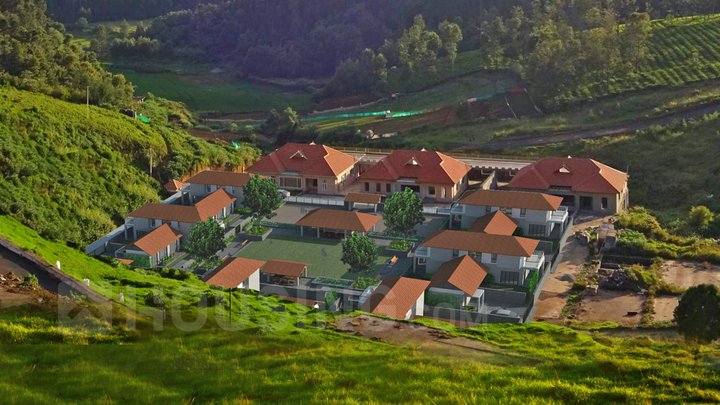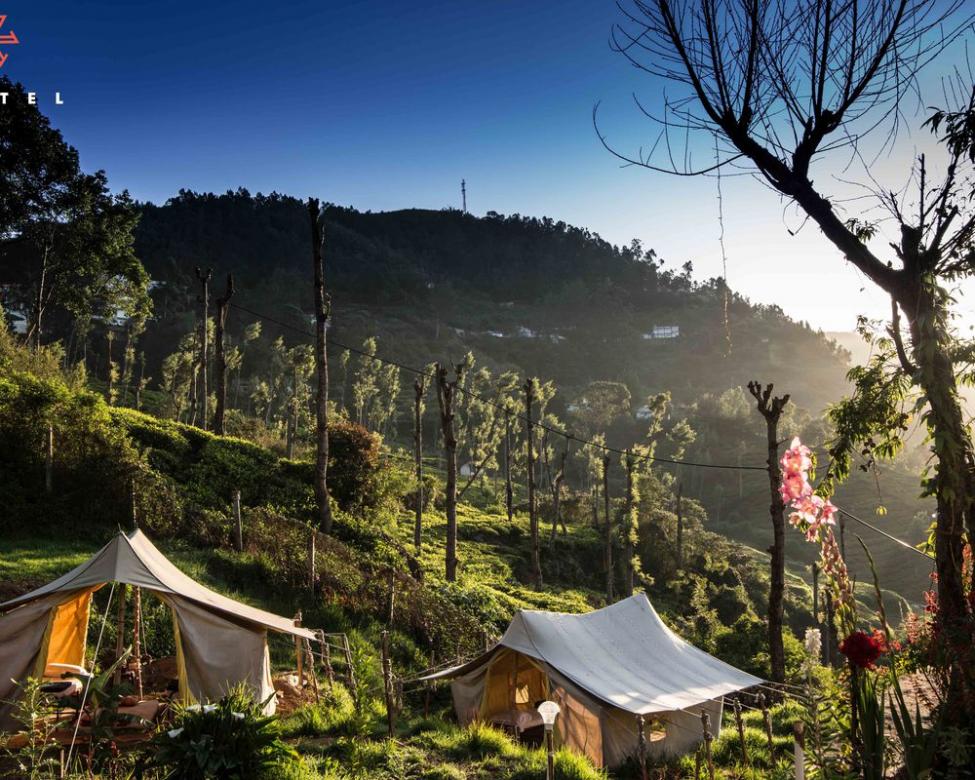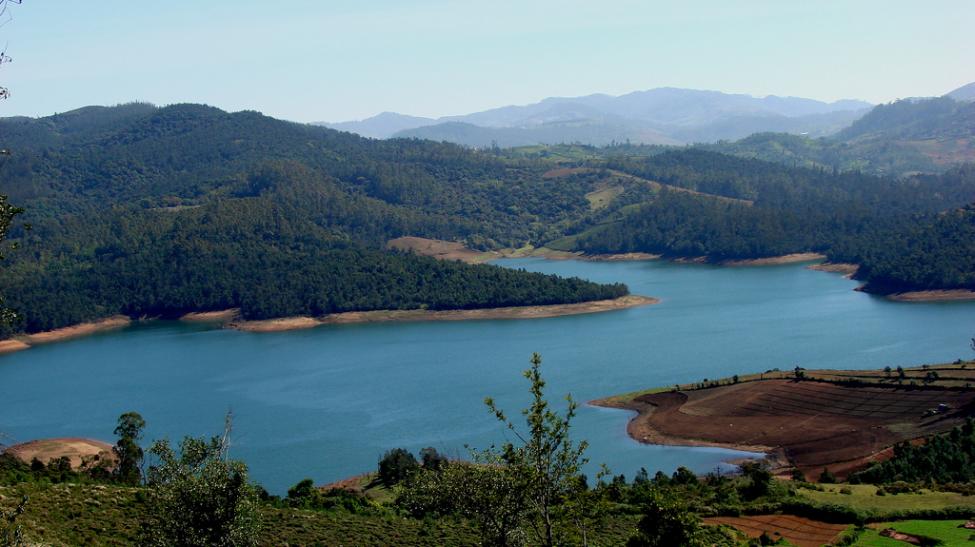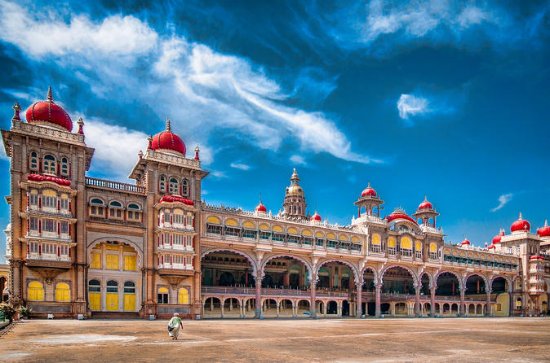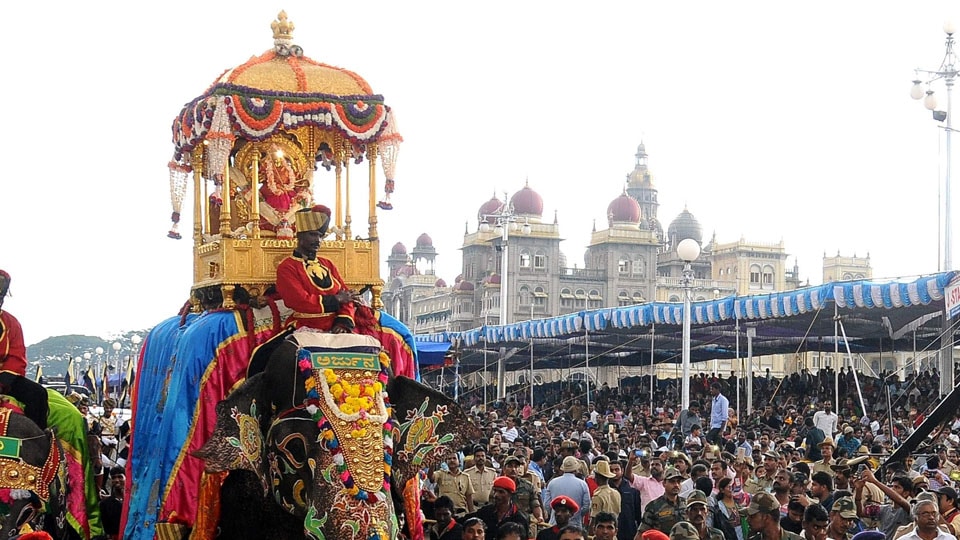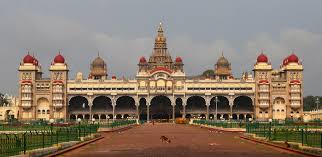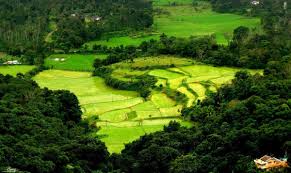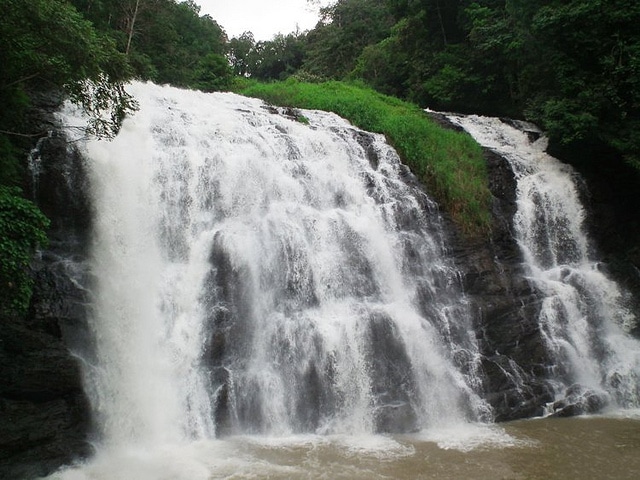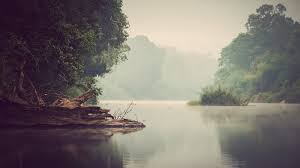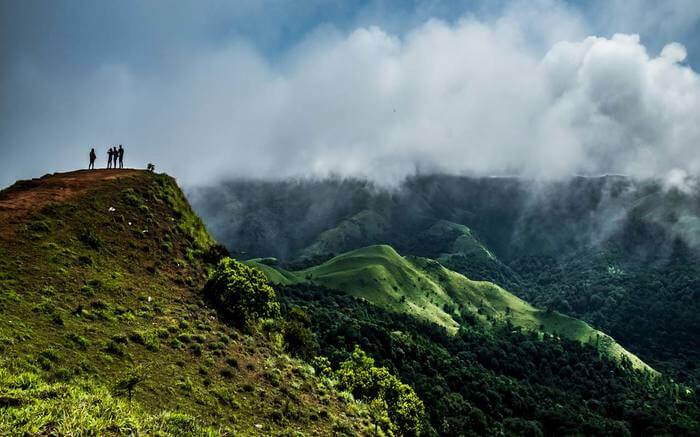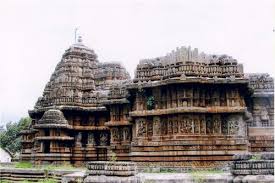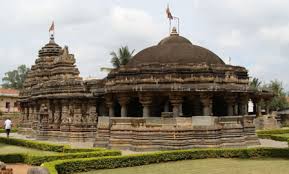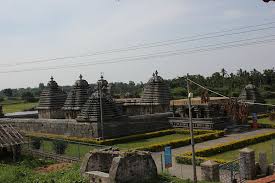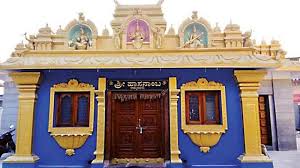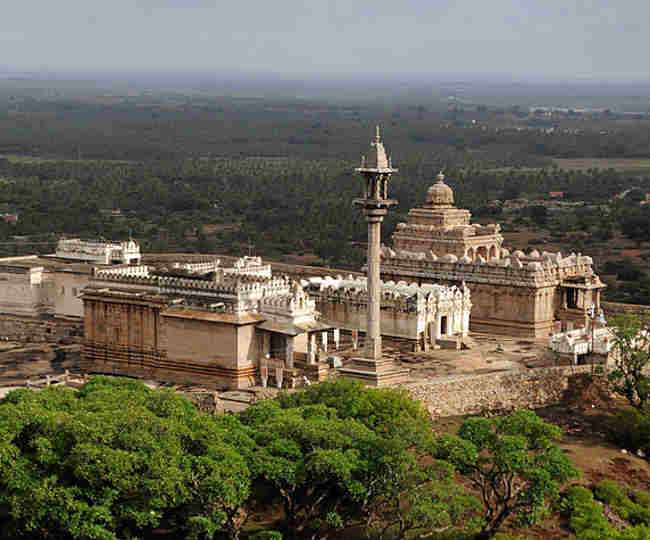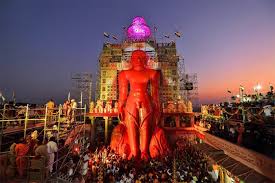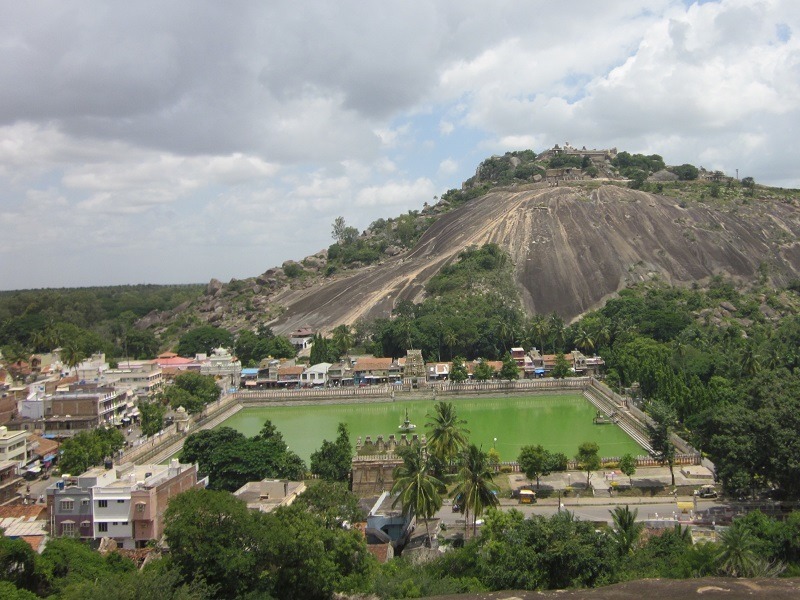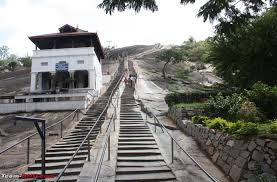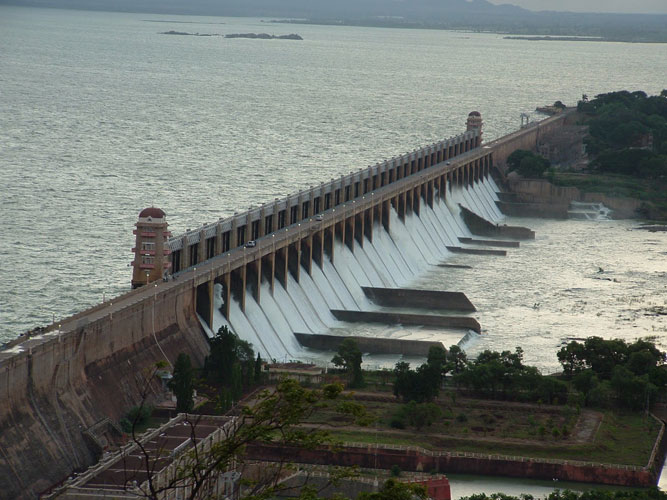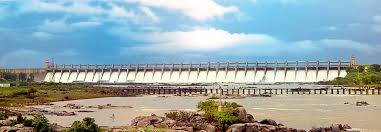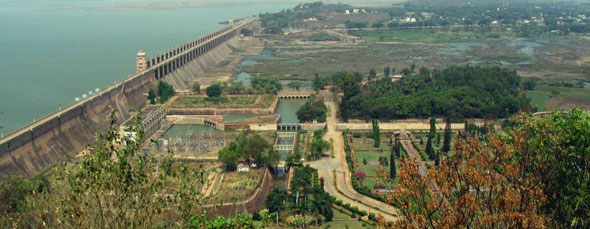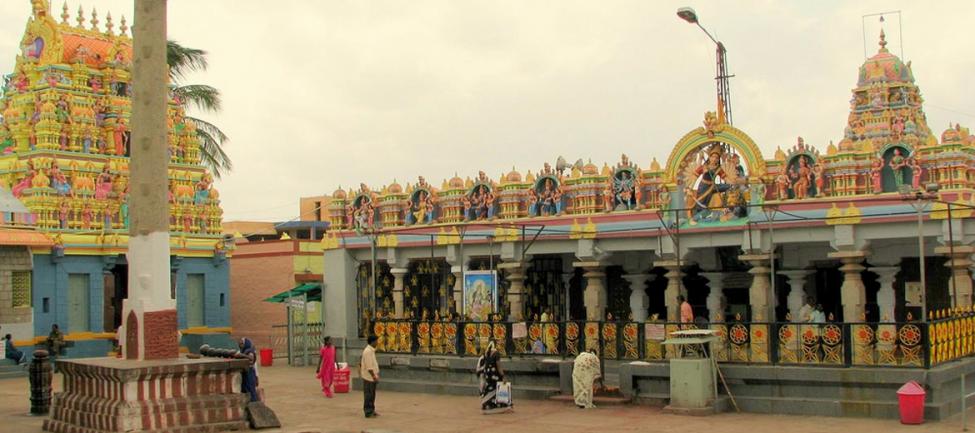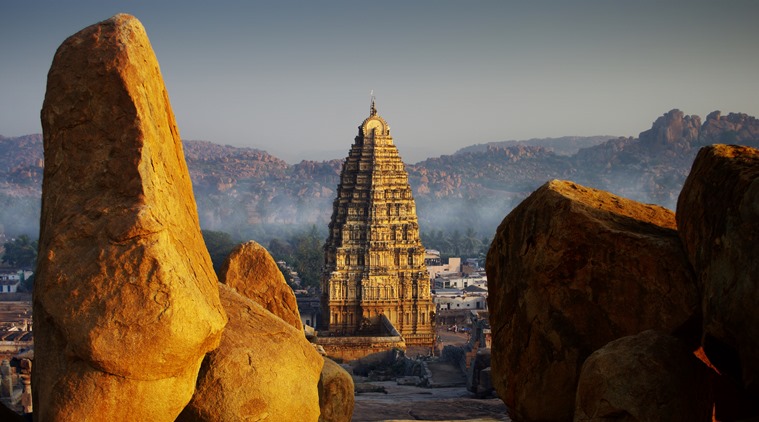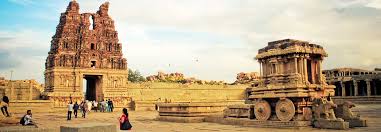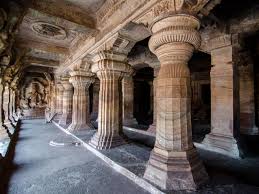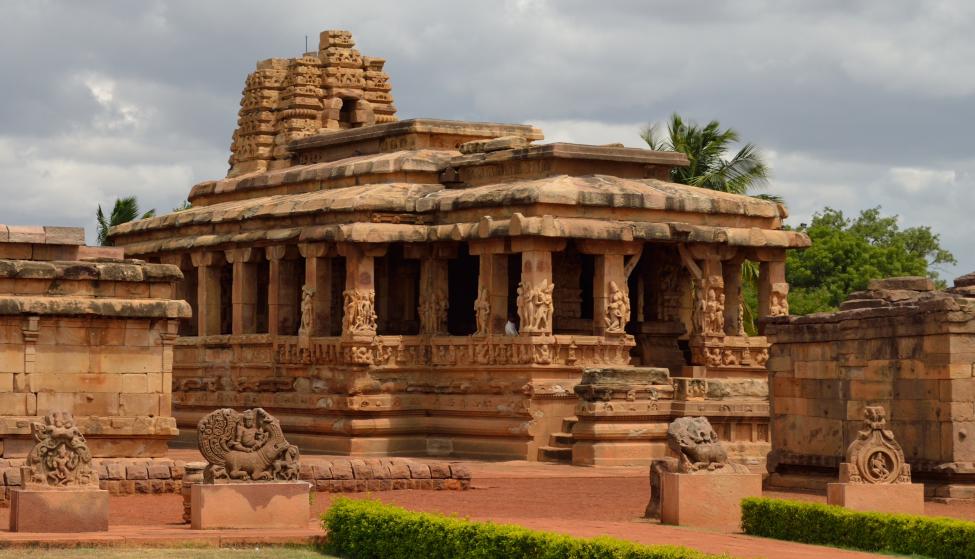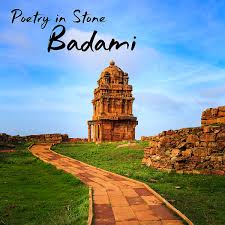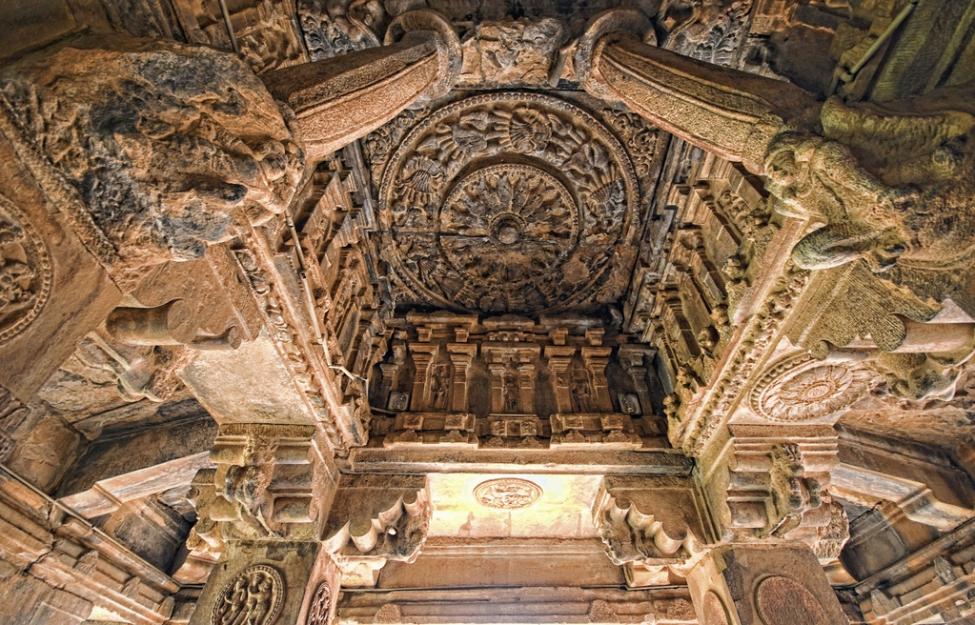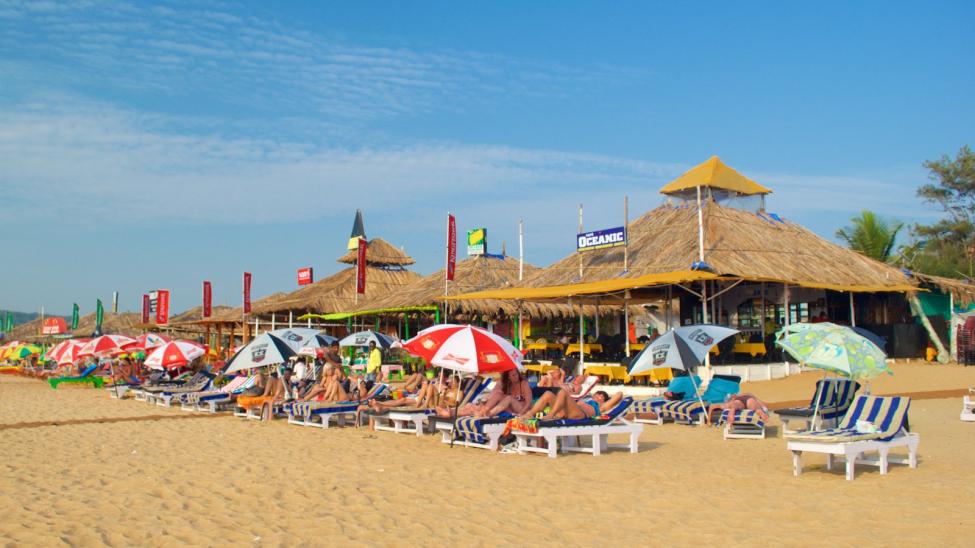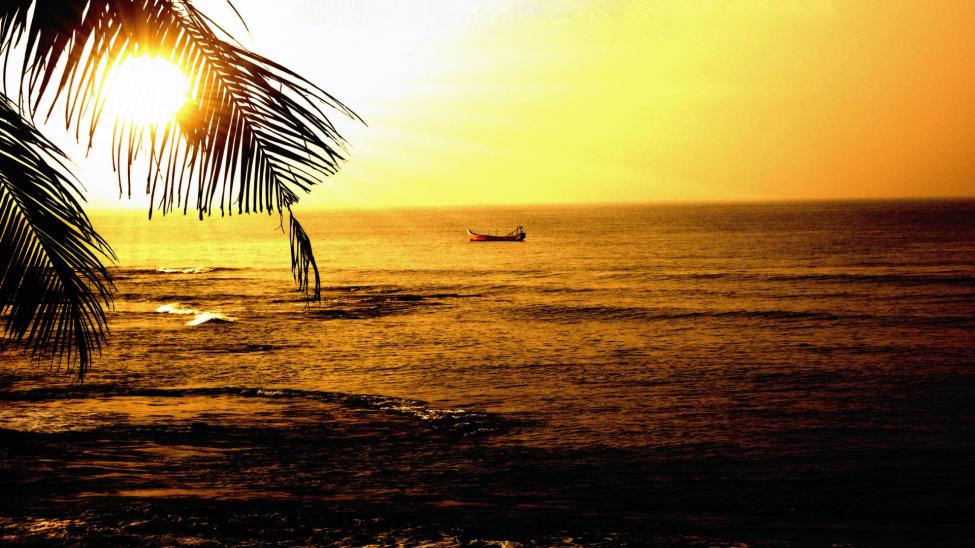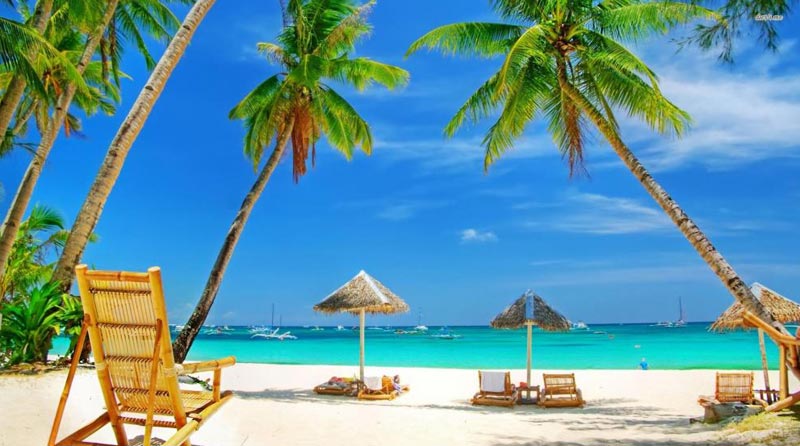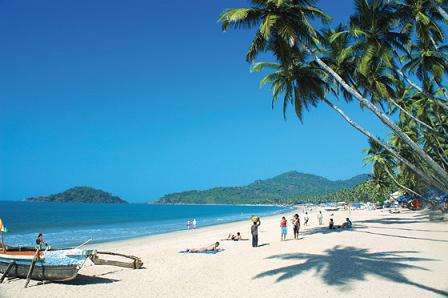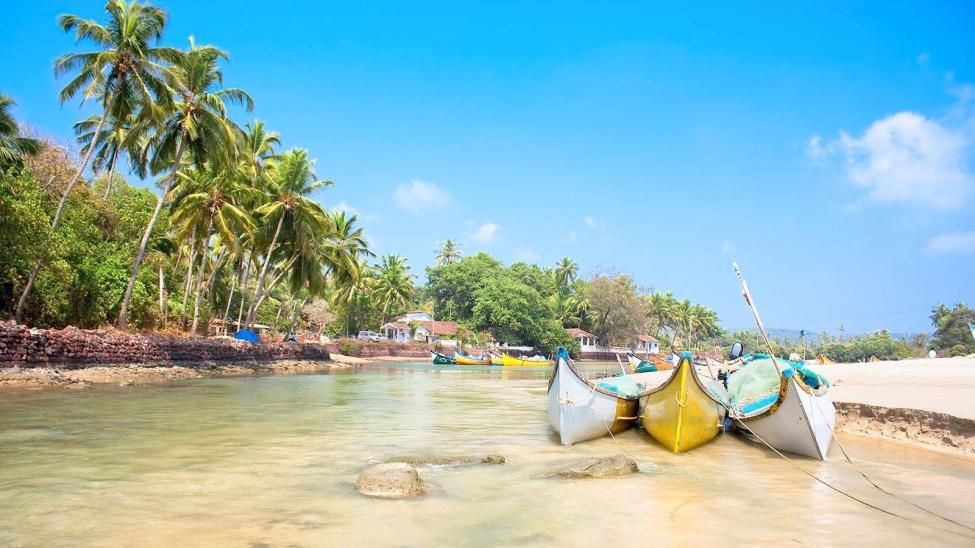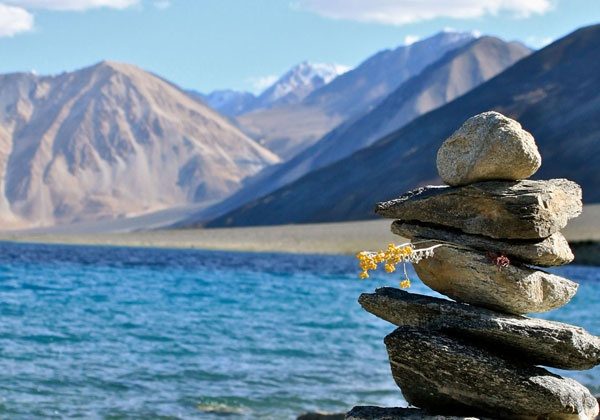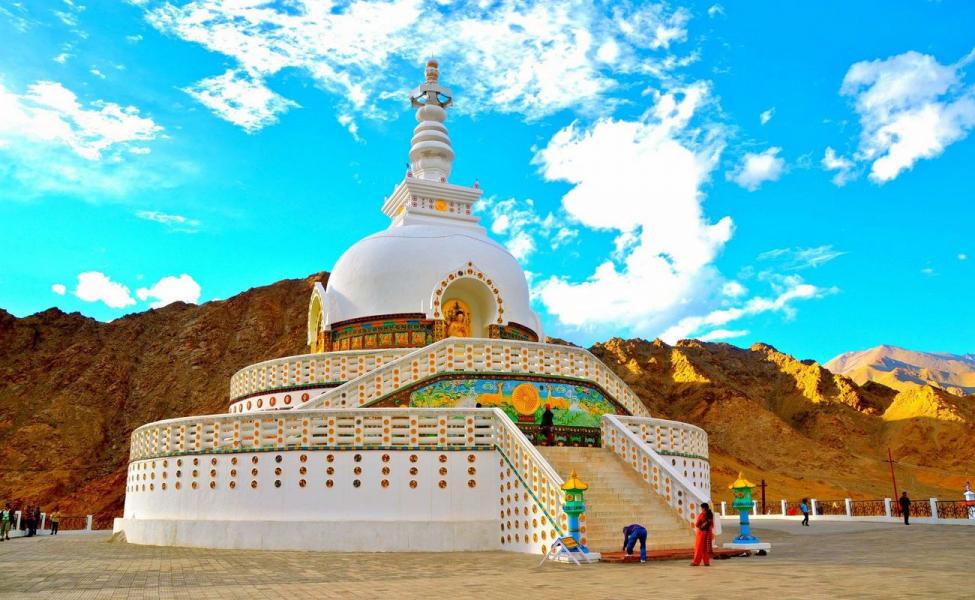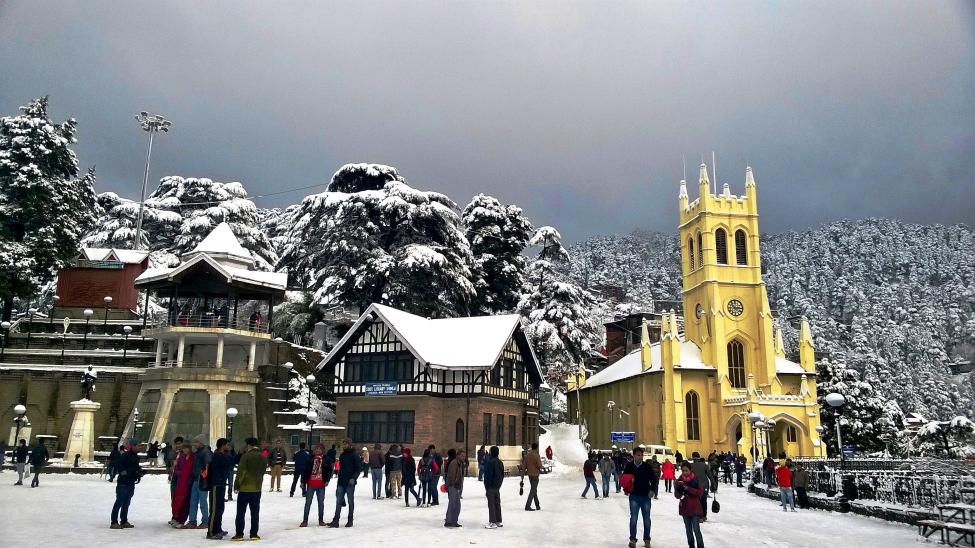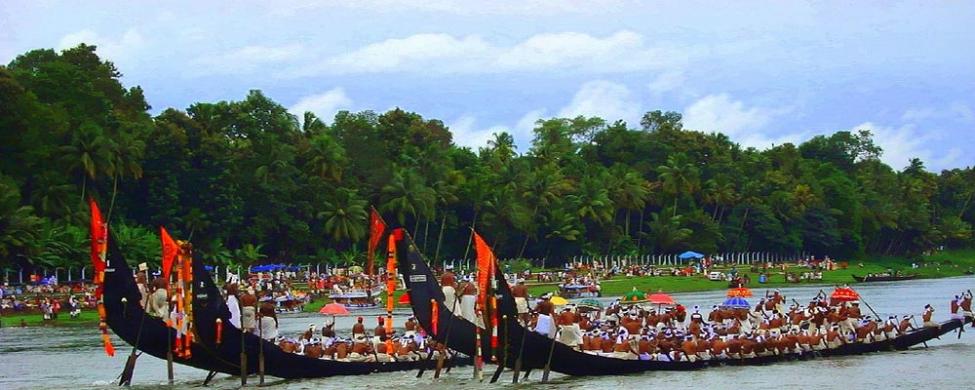
Destinations Cover
Bangalore - Ooty - Mysore - Coorg - Hassan - Hampi - Saravanabelgola - Hospet - Pattadakkal - Ajhole - Badami - Goa
Tour Overview
South Indian culture refers to the culture of the South Indian states of Andhra Pradesh, Karnataka, Kerala, Tamil Nadu, and Telangana. South Indian culture though with its visible differences forms an important part of the Indian culture. The South Indian Culture is essentially the celebration of the eternal universe through the celebration of the beauty of the body and motherhood.[1][2][3][4][5] It is exemplified through its dance, clothing, and sculptures
Day 1: Arrive Bangalore (Flight)
Arrive in Bangalore by international flight, after a traditional 'Swagat' (Welcome) our representative
would assist you at the airport & transfer to your hotel for check-in.
Day 2: Bangalore
Attractions: Tipu Sultan Palace & Museum, ISKCON Temple & Lal Bagh Garden
Today post breakfast we take you to a guided tour of Bangalore, visiting Tipu Sultan Palace; the
layout of the palace gives the idea of the ethnic Mughal lifestyle.
The fort & its remains present the history of the era in which it
was built. The construction of the Tipu palace was started by
Haider Ali & completed by Tipu Sultan, it is now a museum. Also
visit ISKCON Temple, harmonious blend of the Dravidian &
modern architecture. The building has some of the modern
facilities along with Vedic preaching library.
Next we visit the Lal Bagh Garden, name Lal Bagh has been
given to it for the wonderfully bloomed red roses that remain
blooming all through the year. Haider Ali started building this garden in 1760
Overnight Hotel – Bangalore (B)
Day 3: Bangalore - Ooty (300Km – 7 Hrs)
Today we drive Ooty (Udagamandalam), Queen of hill stations & the capital of Nilgiri district. It is
one of the most popular tourist resorts in India. Nilgiri means Blue
Mountains. It is a land of picturesque picnic spots. It was a very
popular summer & weekend getaway for the Britishers during the
colonial days. An added attraction for the tourists is the mountain
train journey on a ratchet & pinion track which commences from
Kallar, near Mettupalayam & wends its way through many hair-
raising curves & fearful tunnels & chugs along beside deep ravines
full of verdant vegetation, gurgling streams & tea gardens.
Afternoon you will leave for half day sightseeing visiting Botanical
Garden, Fernhill Place -a erstwhile summer palace of Maharaja of
Mysore, St. Stephen Church is a small gothic style architecture and first colonial structure founded in1820. You will also have free time buy Neelgri Teas at Charring Cross – a commercial street of
Ooty. Overnight Hotel – Ooty (B)
Day 4: Ooty
Attractions: Scenic Beauty of Nilgiri Hills, Botanical Garden, St. Stephen Church
Today we go for Toy train ride (Ooty - Coonoor) which will be an amazing experience for you. Board
the train from Ooty railway station till Coonoor, and drive back to
ooty. This ride is sure to turn the most hardened rail critic into an
avid fan. You'll delight in the edge - of -the - seat twists and turns
as the train runs cross tall grider bridges, and over green hills
before gently meandering through rolling tea estates. The exhaust
beat of the loco never falters, maintaining a defening staccato
which can be heard for miles around. Truly a journey to
remember. Rest of the day free. Overnight Hotel – Ooty (B)
Day 5: Ooty – Mysore (160 Kms – 4 Hrs)
Attractions: Srirangapatnam & Tipu's Summer Palace, Maharaja's Palace & Chamundi Hill
Post breakfast we drive to Mysore and upon arrival in Mysore we check in to our hotel.
Today we take a tour of Mysore, we visit the Srirangapatnam, the historic capital of Tipu Sultan
known for his struggle against British rule. Several monuments relating to his rule are sprinkled across
the island. Later we visit Darya Daulat, commonly known as
Summer Palace of Tipu Sultan is situated amidst scenic surroundings
on an island formed by two branches of the River Cauvery. We also
visit Maharaja Palace, designed by British architect Henry Irwin, the
Amba Villas Palace as it is also known, was completed in 1912.
Chamundi Hill, which is topped with a 12th century temple of Durga
with the magnificent 5m tall Nandi, Carved from single piece of
granite in 1659, its one of largest in India.
In the evening we visit Brindavan Gardens, dancing musical fountains
on the terraces of Krishnarajasagar Dam, is a vast stretch of the most delicately planned symphony in
architecture, horticulture, engineering & aesthetics. Overnight Hotel – Mysore (B)
Day 6: Mysore – Coorg (150 km - 04 hr)
Today we drive to Coorg; Upon arrival we help you to check in to our hotel. Coorg is located in the
south-west part of Karnataka bordering Kerala. Rest of the day at Leisure to explore the area on your
own. Overnight Hotel – Coorg (B)
Day 7: Coorg
Attractions: Omkareshwar temple
Today have the city tour of the place. Madikeri is the picturesque town of Kodagu (also called Coorg),
the land of coffee, cardamom, colonels and the Cauvery. The
headquarters of Kodagu district, it is located in a beautiful hilly
setting surrounded by the forest slopes of the Western Ghats.
Here, time seems to have stood still. Dotted with a cluster of
red-roofed dwellings and a bustling bazaar, the town, situated
at an elevation of 1,525 m, has a charming old-world look. Not
much is known about the early history of Kodagu. From AD
1600 onwards, the Lingayat Rajas ruled over Kodagu and
established their capital at Madikeri where they built a mud
fort. The Kodavas, as the people of Kodagu are called,
troubled the Mysore rulers Hyder Ali and Tippu Sultan through
sporadic rebellions. Finally, in AD 1785, Tippu marched into
Kodagu with a large army and devastated the little kingdom.
Some of the more notorious attractions are the former Palace, the Raja Seat, the Omkareshwara
Temple, the Fort and the Gaddige or Rajas' tombs. The town is 1525 meters above sea level on the
plateau of the Western Ghats. A prince from the Haleri dynasty, Muddu Raja founded Madikeri in 1681
under the original name Muddu Rajakeri, which became Madikeri. Madikeri is officially known as
Mercara.Raja's Seat in the town of Madikeri is where the kings would sit and watch the sunsets with their
consorts. This is considered one of South India's most scenic locations. The view from Raja's Seat is
breathtaking as you gaze upon the green valleys and towering hills. This is the perfect place to sit with
a glass of wine and watch cars curving up the road to Mangalore that lies in the valley like a flowing
ribbon. The government has set up a garden all around Raja's Seat. This is the ideal place to go for a
morning stroll. Overnight Hotel – Coorg (B)
Day 8: Coorg - Hasan (250 Kms – 5 Hrs)
Attractions: Chennakeshawa Temple in Belur & Hoyasaleshwara Temple in Helebid
Today we drive to Hassan, founded in the 11 th century, by Channa Krishnappa Naik, a Palegar. The
place is called Hassan after the Goddess Hasanamba (the smiling Goddess) presiding deity of the town.
Later we take a tour of Chennakeshawa Temple at Belur, built in
the year 1117 AD to celebrate Hoysala military victories & it took
over a hundred years to complete. Stories from the Purans,
Upanishads & other mythological sources have been executed in
the most exquisite & authentic detail, tales from Ramayana &
Mahabharata. We also visit the Hoyasaleshwara Temple at
Helebid, built by Kettuvallam, during 1121 AD. Dedicated to Lord
Siva has two shrines connected by pillared walls & in each shrine is
a Lingam Hoyasaleshwara & Shanthaleshwara. Overnight Hotel –
Hasan (B)
Day 9: Hasan – Saravanabelgola – Hasan (100 Kms – 3 Hrs drive)
Attractions: Gomateshwara Bahubali Bhagwan Statue & Chandragiri Hills,Virupaksha Temple, Vittala, Elephant stables, Queen's bath, Lotus Mahal
Today we drive to Saravanabelgola to see Gomateshwara Bahubali Bhagwan Statue & Chandragiri Hills
Gomateshwara Bahubali Bhagwan Statue: Standing tall with all the serene splendour on the
Vindyagiri (or Indragiri or Doddabetta) Hills is the statue of Lord
Gomateshwara (Bahubali) that stands about 57 feet high and 10
feet long (wide). Bahubali is considered to be the inventor of the
concept of "ahimsa" or non-violence by the Jains, which forms
the basic tenet of their religion. Bahubali was the first to have
attained salvation.
Chandragiri Hills: Also known as Chikkabetta, the Chandragiri
Hill is opposite to the Vindyagiri Hill. Chandragiri hill is a treasure
house of histroical facts. It is said that towards the end of 3rd
century BC Shrutakevali Maha swami ji arrived in Chandragiri
with his crew of Shishyas (disciples). This day is marked as the begining of a new era in Digambar Jain
tradition. You need to climb up the steps carved into the rock. Overnight Hotel – Hasan (B)
Day 10: Hasan - Hospet (330 Kms - 7 Hrs)
Attractions: Virupaksha Temple, Vittala, Elephant stables, Queen's bath, Lotus Mahal
Today we drive to Hospet, once a beautiful capital city of Vijaynagar empire, in ancient days was
known as Nagalapura. The city was razed to the ground by Sultan of South India in the year 1565.
Overnight Hotel – Badami (B)
Day 11: Hospet – Hampi – Hospet (15 Kms – 30 min – One way)
Attractions: Vitthal Temple, Queen's Bath & Lotus Mahal
Today we take a day excursion to Hampi, the capital city of the Vijaynagar Empire. Founded by
Harihara & Bukka in 1336, it fell to the Muslim rulers in 1565 after
the disastrous Battle of Talikota, subsequently lapsed into decline &
abandonment. The once proud city of victory is now a city of
desolation.
We visit the ruins of the Virupaksha Temple, dedicated to Lord
Shiva & Pampadevi. This is the only temple that is still used for
worship. The temple, with its nine-storied Gopuram & ceiling of the
ranga mantapa is beautifully painted with scenes from the epics &
Puranas. Later visit Vittala, a splendid 56 musical pillars complex. Tothe east of the hall is the famous Stone Chariot with stone wheels that actually revolve. Several of the
carved pillars were attacked & a large portion of the central part has been destroyed.
We also visit Elephant stables, a beautiful example of Hindu-Muslim style of architecture, housed
about 11 elephants in separate compartments. Queen's bath, structure has a very plain exterior but
interior is stunningly ornate, with graceful arched corridors, projecting balconies. Lotus Mahal, lotus
flower top, this two-story structure has beautiful arc ways set in geometric regularity. It was an air-
cooled summer palace of the queen. Overnight Hospet (B)
Day 12: Hospet/ Aihole/ Patadakkal/ Badami – 180Kms (4Hrs drive)
Attractions: World Heritage centre, Temples & Inscriptions, Cradle of Indian Architecture
Morning we drive to Badami, founded by Pulakesi I, ruler of the Chalukyas, the town is located at the
foot of a rugged, red sandstone outcrop that surrounds Agastya tirtha water reservoir on three sides &
is known for its rock-cut cave temples, sculpted between 6th-
8th centuries AD.En route we visit Pattadakkal & Ajhole.
Pattadakkal, World Heritage centre & has 10 major temples
representing the early Chaulakya architecture the biggest
temple dedicated to Virupaksheshvara, has a huge gateway &
several inscriptions.
Ajhole, famous as the "Cradle of Indian Architecture", it has
over a hundred temples scattered around the village. The
oldest temple the 5th century Lad Khan Temple, The Durga
(Fort) Temple has a semi-circular apse & a complete portico.
Among many other temples the Jain Meguthi Temple & the
two storeyed Buddhist Temple are significant. Overnight Hotel – Badami (B)
Day 13: Badami/ Belgaum/ Goa – 350 Kms (7 Hrs drive)
Attractions: Rock cut temples, gateways & inscriptions.
Today we take a tour of Badami, several temples dating from the Chalukyas period in Badami. First
set of temples is a group of four on a hill adjacent to the
Bhutanatha tank, are dating back to the 5th century CE. In the
adjacent wall there is a carving of the cosmic dance of Shiva
Natarajan depicted with eighteen arms. 2nd temple bears images
of Vishnu in his Varaha & Trivikrama incarnations. 3rd rock cut
temple with inscriptions dating this Vishnu temple to 578 CE
during, the period of Kiritivarma Chalukyas. There are carved
images of the Narasimha & Trivikrama avataras of Vishnu.
Further up, is a Jain rock cut temple dedicated to the Tirthankara
Adinath with inscriptions dating back to the 12th century. The
Mallikarjuna temple dating 11th century on a star shaped plan.
Later we drive to Goa, once a part of the Mauryan Empire in the 3rd century BC. From 580–750 AD
the Chalukyas of Badami had their sway over Goa. It is also known for its world heritage
architecture including the Bom Jesus Basilica. Goa also has rich flora & fauna, owing to its location on
the Western Ghats range, which are classified as a biodiversity hotspot rather an absolute paradise on
earth.
Overnight Hotel – Goa (B)
Day 14: 15 Goa
At leisure, relax on the beach or take an option tour of Goa.
Day 15: Goa Departure
Attractions: Beaches / Optional Basilica of Bom Jesus dedicated to Infant Jesus, Church of Se Cathedral, Church of St. Francis of Assisi & Lady of Rosary Church.
In time transfer to Airport to board the flight for onward destination.
Inclusions / Exclusions
Inclusions / Exclusions
The Price Includes:
- Accommodation in Rooms in Hotels Chosen by Guest (As Per Availability)
- Daily Breakfast At The Hotel
- Transportation In An Air –Conditioned Vehicle With Driver Assistance Of Our
- 01 Mineral Water Bottle Per Person per Day.
- Monks & Monkeys Surprise Departure Gift.
- All Applicable Taxes Like Fuel Charge, Parking Charge & Tall Taxes
- All Government Taxes GST 4.50 % (Till Date)
The Price Excludes:
- Domestic Flights & Airport Departure Tax From India (This Is Generally Included In Your Ticket)
- Any Meals Except Mentioned In The Column Prices Includes.
- Any Expenses Of Personal Nature Such As Tips Beverages, Laundry, Telephone Calls, Photography, Entrances And Video Fees, Etc.
- Any New Taxes / Fees Imposed By The Government


